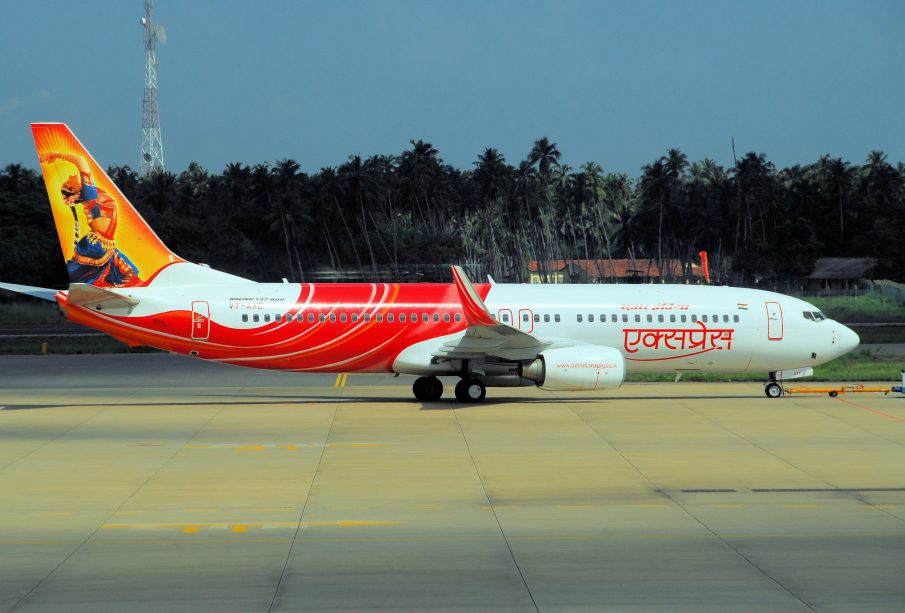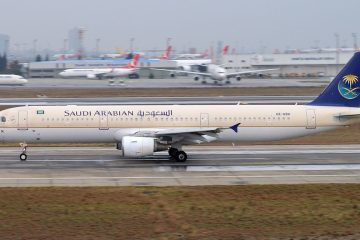Current Trends and Updates in Air Travel and Flights

The Importance of Flight in Today’s World
In the modern world, air travel has become an essential part of global connectivity, facilitating business, tourism, and emergency services. As more people take to the skies, understanding the latest trends and updates in flight operations is crucial for consumers, airlines, and policymakers alike.
Recent Developments in Air Travel
As of October 2023, several significant changes have emerged in the aviation sector. Notably, the recovery from pandemic-induced disruptions is ongoing, with a marked increase in passenger traffic observed across many continents. The International Air Transport Association (IATA) reported that global passenger numbers are projected to reach 4.35 billion in 2023, nearing pre-pandemic levels. Popular routes like those from London to New York and Sydney to Los Angeles are witnessing heightened demand, prompting airlines to increase flight frequencies and capacities.
Technological Advances Enhancing Flight Experience
In addition to increased capacity, innovations in flight technology continue to reshape air travel. Airlines are now investing in more fuel-efficient aircraft, considering environmental implications as carbon emissions remain a pressing concern. The introduction of electric and hybrid aircraft is on the horizon, with companies like Boeing and Airbus leading the charge. Furthermore, advancements in aerodynamics and materials are making flights smoother and more efficient. The integration of Artificial Intelligence (AI) in flight operations is also enhancing safety and operational efficiency by predicting maintenance needs and optimising flight routes.
Challenges Facing the Aviation Industry
Despite the positive trends, the aviation sector still faces significant challenges. Staffing shortages are a critical issue, as airlines struggle to recruit and retain staff amidst rising operational demands. The ongoing geopolitical tensions in various regions, particularly surrounding Eastern Europe and Asia, have added layers of complexity to international flights, sometimes leading to rerouted airways and political repercussions.
Conclusion: The Future of Flight
The future of flight looks promising, with recovery and innovation at the forefront. By embracing new technologies and addressing current challenges, airlines have the potential to provide safer, more sustainable, and more efficient travel options. For travellers, being aware of these trends means better preparation and potentially enhanced experiences in the skies. As we move forward, vigilance and adaptability will be paramount in navigating the ever-evolving landscape of global air travel.









